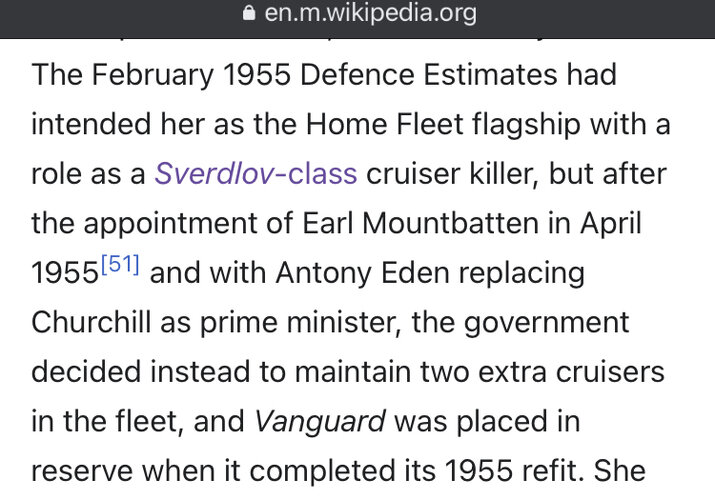- Joined
- 27 September 2006
- Messages
- 6,074
- Reaction score
- 6,188
How useful would it have been if the Royal Navy had grasped the nettle in 1947 and decided to scrap its battleships?
Admittedly this is much easier with the benefit of hindsight. But the lessons of the war and the success of air and submarine attacks on battleships were already well known.
The KGs could have gone almost immediately. Vanguard as a new ship might have had to survive a while longer.
If this had been matched by the construction of either the Maltas or additional Audacious class carriers the RN could have been a more effective postwar navy.
Admittedly this is much easier with the benefit of hindsight. But the lessons of the war and the success of air and submarine attacks on battleships were already well known.
The KGs could have gone almost immediately. Vanguard as a new ship might have had to survive a while longer.
If this had been matched by the construction of either the Maltas or additional Audacious class carriers the RN could have been a more effective postwar navy.





